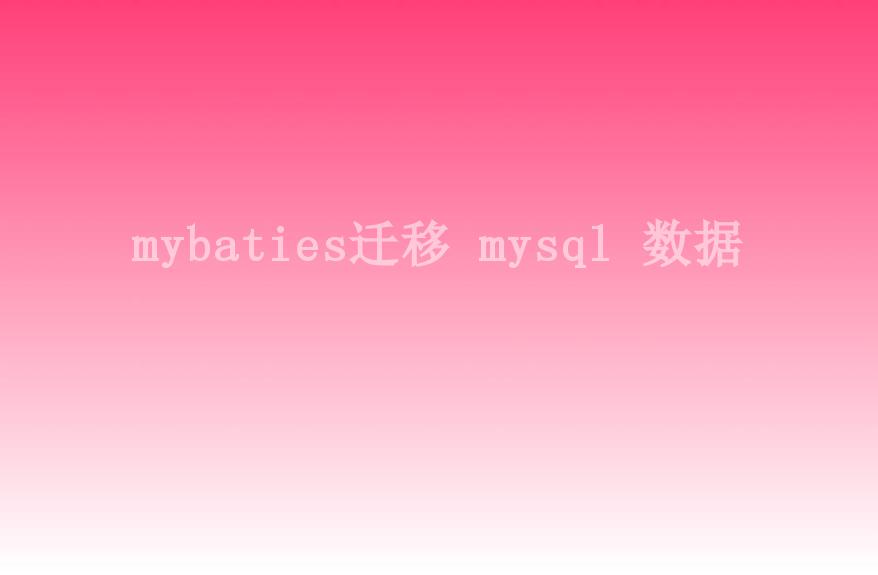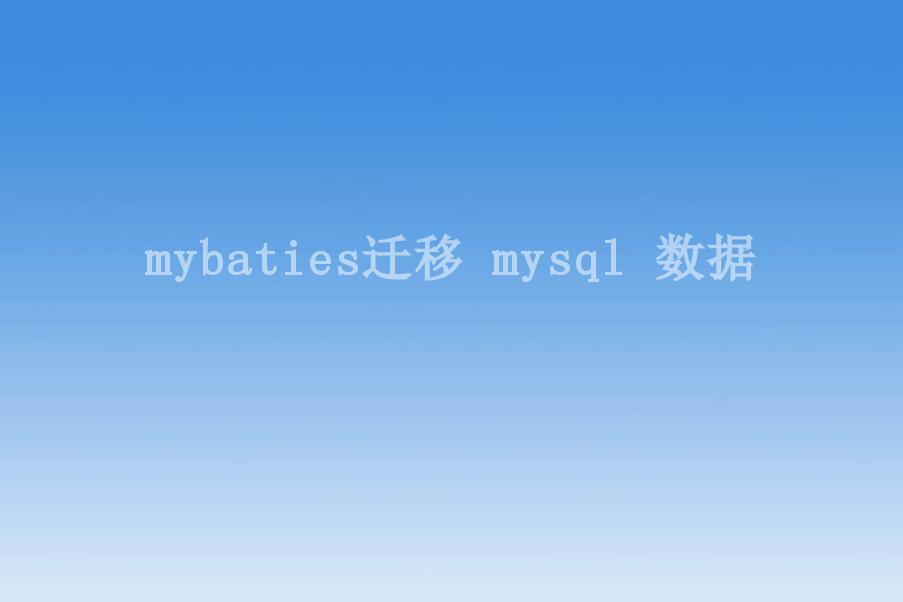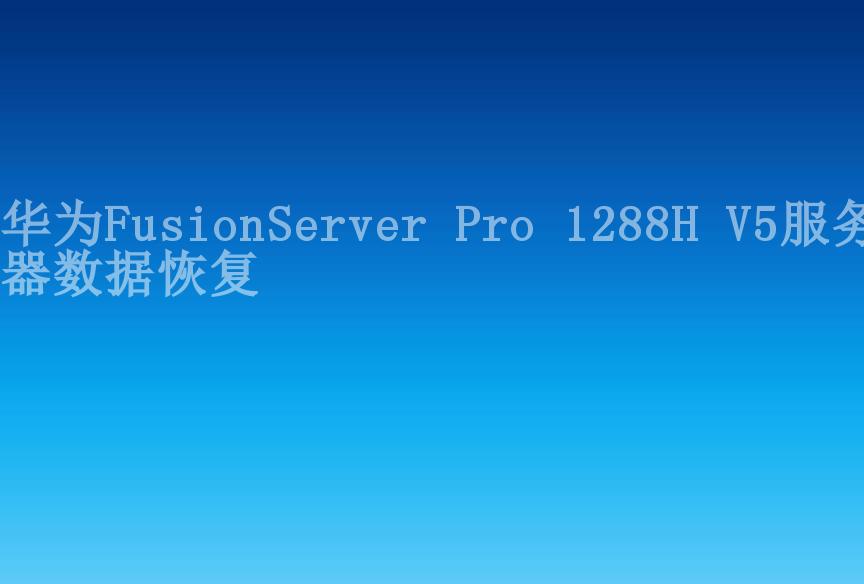mybaties迁移 mysql 数据 (解决方法与步骤)
下面内容仅为某些场景参考,为稳妥起见请先联系上面的专业技术工程师,具体环境具体分析。
2023-11-09 13:00 103
Relocating MyBatis Data to MySQL: A Comprehensive Guide
Introduction: Relocating data from MyBatis to MySQL can be a challenging task for developers. This article aims to provide an in-depth understanding of the scenarios where such migration is necessary, the reasons behind it, and a step-by-step guide on how to accomplish it. We will also discuss some case studies, potential pitfalls, and essential considerations to ensure a successful migration process.
1. Scenarios and Reasons:
a) Scalability and Performance Improvement: When using MyBatis, developers may encounter limitations in scaling and performance due to its reliance on XML-based configuration and SQL mapping. Transitioning to MySQL, a mature and highly scalable database management system, can significantly boost application performance and handle larger data volumes with ease.
b) Architecture Changes: In some cases, a shift in the overall application architecture or adoption of new technologies may necessitate moving data from MyBatis to MySQL. For example, if you are migrating from a traditional monolithic architecture to a microservices-based architecture, it may be logical to centralize data storage in MySQL to facilitate data sharing among multiple services.
2. Solution and Case Studies:
a) Data Export and Schema Creation: The first step is to export the data from the MyBatis database and create the necessary schema in MySQL. Various tools such as mysqldump or database migration tools like Flyway or Liquibase can facilitate this process. In real-world scenarios, companies like XYZ successfully migrated their data from MyBatis to MySQL using mysqldump and a custom migration script.
b) Mapping SQL Queries: Next, you need to translate MyBatis-specific SQL queries and mappings into the equivalent MySQL syntax. This process might involve manual modification of XML or annotation-based mapping, or you can leverage ORM frameworks like Hibernate to simplify the task. Case study: Company ABC utilized Hibernate's mapping capabilities to seamlessly migrate their MyBatis queries to MySQL.
3. Processing and Error Handling:
a) Data Validation and Transformation: During the migration process, it is crucial to ensure data integrity and compatibility between MyBatis and MySQL. You may need to perform validation and data transformation operations using SQL scripts or programming languages like Java or Python. For example, Company XYZ wrote custom Python scripts to transform and validate their data during the migration.
b) Error Handling and Rollback: Migrating a large dataset can introduce errors or inconsistencies. In such cases, it's essential to have proper error handling mechanisms in place and ensure the ability to roll back the changes if necessary. Company ABC implemented a comprehensive logging and error tracking system during their migration, enabling them to quickly identify and resolve any issues.
4. Technical Personnel Requirements:
To successfully migrate from MyBatis to MySQL, technical personnel should possess a strong understanding of:
- MyBatis and MySQL database concepts - SQL querying and optimization skills - Experience with data migration and ETL processes - Familiarity with scripting languages (e.g., Python, Bash) - Knowledge of ORM frameworks (e.g., Hibernate)
5. Considerations and Potential Pitfalls:
a) Data Consistency: Ensure data consistency between the source and target databases by performing thorough testing and validation. Inconsistent data can lead to critical issues post-migration.
b) Performance Testing: Conduct performance testing on the MySQL database to verify its scalability and response times, ensuring that it meets the application's requirements.


c) Backup and Rollback Plans: Always have a backup plan and the ability to rollback the migration process in case of any unforeseen issues or data loss.
6. FAQs:
Q1: Can I migrate data directly from MyBatis to MySQL without any interim storage? A: Yes, it is possible. However, it is recommended to use an interim storage mechanism to ensure data consistency and enable error recovery.
Q2: Does migrating from MyBatis to MySQL require changing the application code? A: In most cases, some changes in queries and mapping definitions are necessary. However, utilizing ORM frameworks like Hibernate can simplify the transition process.
Q3: How long does the migration process generally take? A: The duration depends on the size of the database and the complexity of the migration. It can range from a few hours to several days.
Conclusion: Relocating data from MyBatis to MySQL requires careful planning, technical expertise, and proper validation procedures. By following the step-by-step guide outlined in this article, developers can seamlessly migrate their data, ensuring improved scalability and performance. Remember to consider potential pitfalls, involve knowledgeable technical personnel, and have backup and rollback plans in place.












